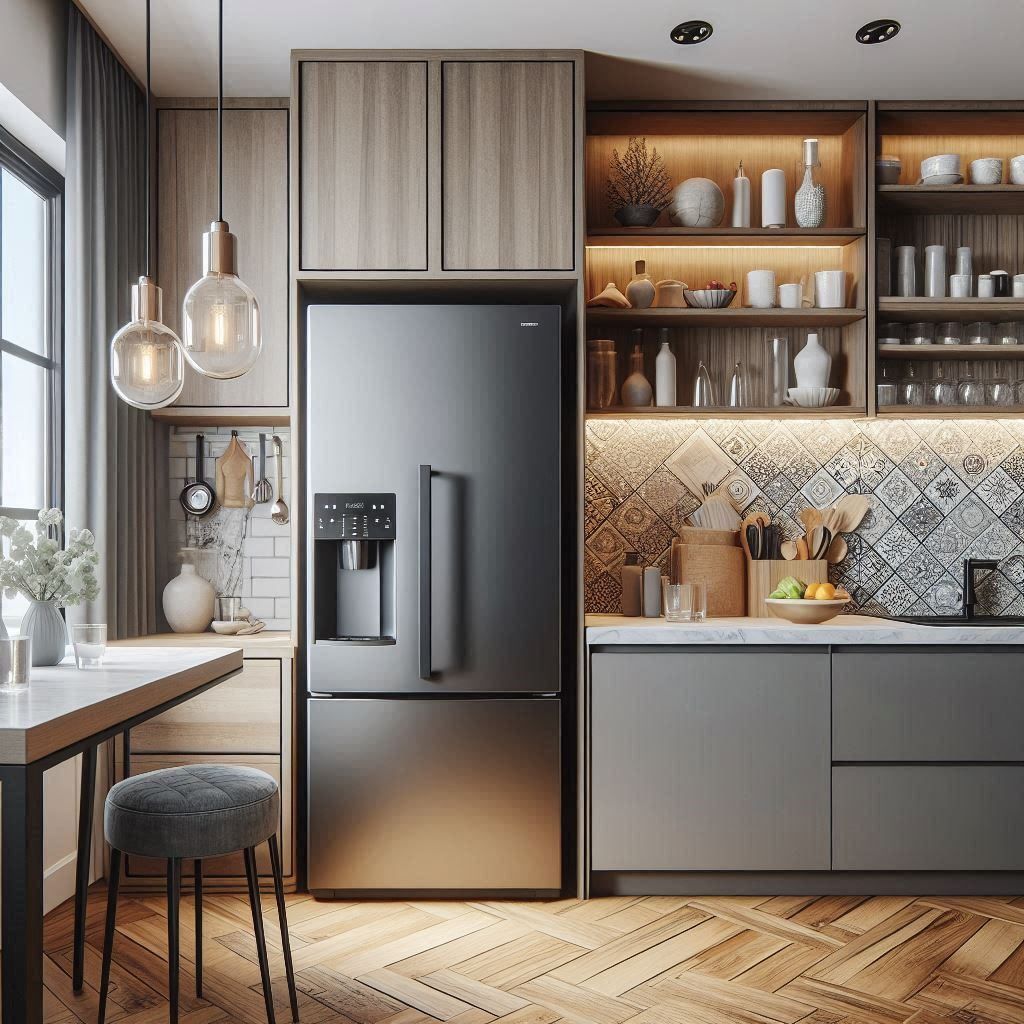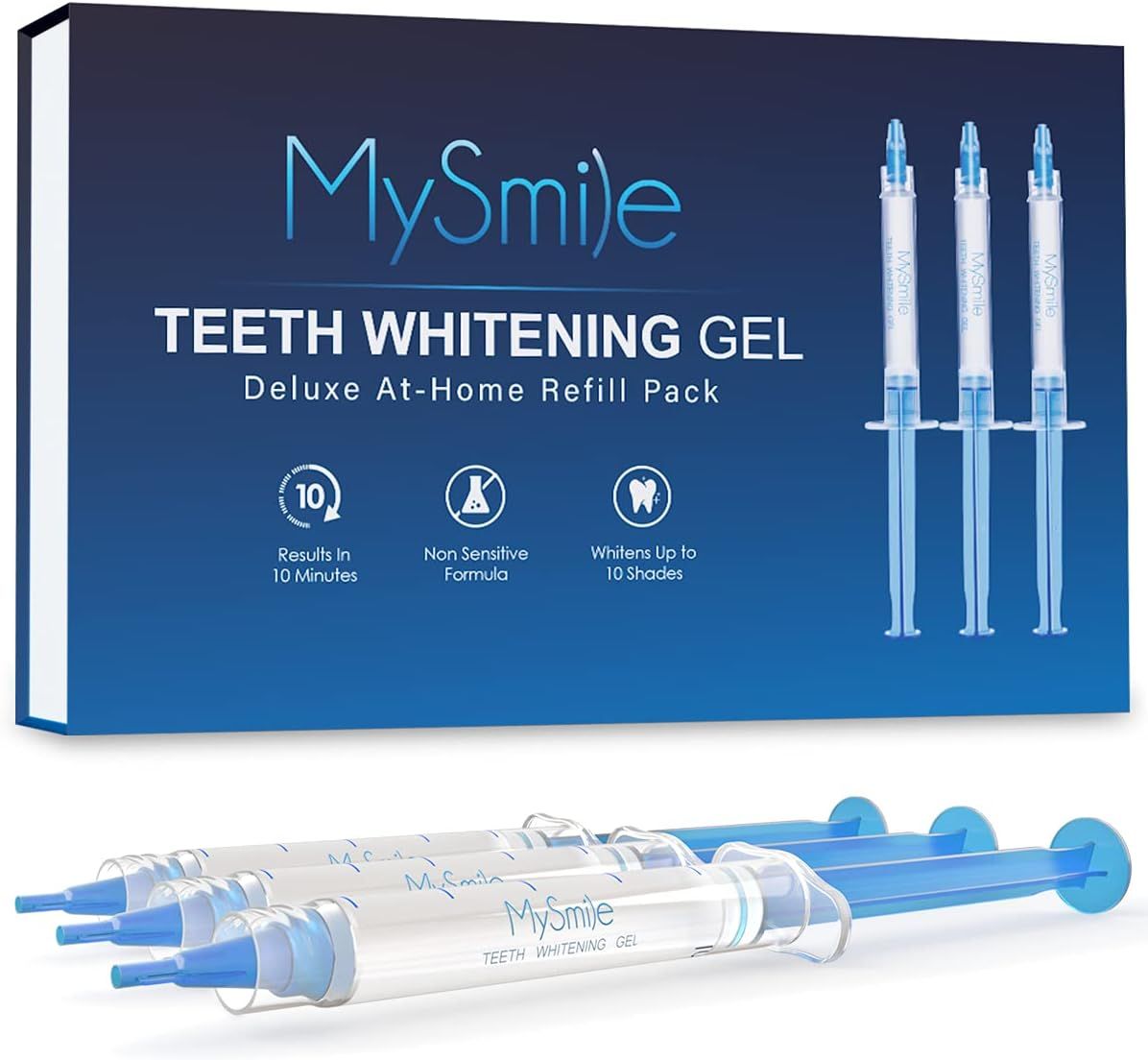Get your free Book Here

Refrigerator Water and Ice: The Ultimate Guide to Clean, Refreshing Hydration
Refrigerator Water and Ice Systems: Revolutionizing Hydration at Home
In today’s modern kitchens, refrigerators with built-in water and ice dispensers have become increasingly popular. These convenient features offer instant access to chilled, filtered water and ice, enhancing our daily hydration habits and entertaining experiences. This comprehensive guide delves into Refrigerator Water and Ice systems, exploring their functionality, benefits, and considerations for potential users.

Carbon Block Filtration: The Heart of Refrigerator Water and Ice Systems
Carbon block filtration is a crucial component of refrigerator water and ice systems, ensuring that the water dispensed is clean, fresh, and free from impurities. This advanced filtration method offers several benefits and plays a significant role in maintaining the quality of your drinking water.
Unlock a Complimentary Coloring Book by Joining Our Mailing List

How Carbon Block Filtration Works
Carbon block filters are composed of finely ground activated carbon particles compressed into a dense block. As water passes through this block, it undergoes a multi-stage filtration process:
- Mechanical filtration: The tightly packed carbon particles act as a physical barrier, trapping larger contaminants such as sediment, rust, and other particulates.
- Adsorption: The activated carbon has a large surface area with millions of pores that attract and capture smaller contaminants through a process called adsorption. This removes chlorine, volatile organic compounds (VOCs), and other chemicals that can affect taste and odor.
- Catalytic reduction: Some carbon block filters are enhanced with catalytic materials that can reduce contaminants like lead and mercury through chemical reactions.
This multi-layered approach ensures that a wide range of contaminants are effectively removed from your water, resulting in cleaner and better-tasting ice and drinking water.
Benefits of Carbon Block Filtration
Carbon block filtration offers several advantages over other filtration methods:
- Improved taste and odor: By removing chlorine and other chemicals, carbon block filters significantly improve the taste and smell of your water, enhancing your overall drinking experience.
- Effective contaminant removal: These filters are capable of removing a wide range of contaminants, including chlorine, lead, mercury, pesticides, herbicides, and pharmaceutical residues.
- Consistent performance: The dense structure of carbon block filters ensures consistent filtration throughout the filter’s lifespan, maintaining water quality over time.
- Long filter life: Carbon block filters typically have a longer lifespan compared to other types of filters, reducing the frequency of replacements and maintenance.
Maintenance and Replacement
To ensure optimal performance of your carbon block filtration system:
- Follow manufacturer guidelines for filter replacement, typically every 6 months or after filtering a specific volume of water.
- Keep track of filter usage and set reminders for timely replacements.
- Consider installing a filter change indicator to alert you when it’s time for a replacement.
Regular maintenance of your carbon block filtration system will ensure that your refrigerator continues to dispense clean, great-tasting water and ice.
Features of Refrigerator Water and Ice Systems
Modern refrigerators with water and ice dispensers come equipped with a variety of features designed to enhance convenience, efficiency, and user experience. Understanding these features can help you make the most of your appliance and choose the right model for your needs.
Dispenser Types and Configurations
Refrigerator water and ice dispensers come in various configurations to suit different preferences and kitchen layouts:
- External dispensers: Located on the refrigerator door, these allow easy access to water and ice without opening the refrigerator.
- Internal dispensers: Placed inside the refrigerator, these offer a sleeker exterior appearance but require opening the door for access.
- Dual dispensers: Some models feature separate dispensers for water and ice, allowing for simultaneous dispensing.
- Customizable dispensing: Advanced models offer options for different ice types (crushed or cubed) and precise water measurements for cooking or brewing.
Consider your usage patterns and kitchen design when selecting the dispenser configuration that best suits your needs.
Smart Features and Connectivity
Many modern refrigerators incorporate smart technology into their water and ice dispensing systems:
- Wi-Fi connectivity: Allows remote monitoring and control of the dispenser through smartphone apps.
- Voice control: Integration with virtual assistants like Alexa or Google Home for hands-free operation.
- Water quality monitoring: Some models feature sensors that track water quality and alert users when it’s time to replace the filter.
- Usage tracking: Smart refrigerators can monitor water and ice consumption, helping users stay hydrated and manage resources more effectively.
These smart features add an extra layer of convenience and control to your refrigerator’s water and ice dispensing capabilities.
Energy Efficiency and Eco-Friendly Options
Manufacturers are increasingly focusing on energy efficiency and environmental sustainability in their refrigerator designs:
- Energy Star certification: Look for models with this certification, which indicates superior energy efficiency.
- Eco-friendly refrigerants: Many modern refrigerators use environmentally friendly refrigerants that have a lower impact on the ozone layer and global warming.
- Water-saving features: Some dispensers offer options to dispense specific amounts of water, reducing waste.
- Efficient ice production: Advanced ice-making technologies can produce ice faster and with less energy consumption.
By choosing an energy-efficient model with eco-friendly features, you can reduce your environmental impact while still enjoying the convenience of refrigerator water and ice.




SAMSUNG Genuine Filter for Refrigerator Water and Ice: A Brand Leader in Carbon Block Filtration
The SAMSUNG Genuine Filter for Refrigerator Water and Ice, Carbon Block Filtration (HAF-QIN/EXP) is a prime example of a high-quality, industry-leading product that delivers exceptional performance in refrigerator water and ice systems.
Product Overview
The SAMSUNG Genuine Filter is designed to reduce up to 99% of harmful contaminants, providing clean, clear drinking water for your home. Featuring a carbon block filtration system, this filter effectively removes a wide range of impurities, including chlorine, lead, mercury, and various organic compounds.
Key Features
- Contaminant Reduction: The filter is certified to reduce over 50 contaminants, including chlorine, lead, mercury, and various pesticides and herbicides.
- Improved Taste and Odor: By removing these impurities, the filter significantly enhances the taste and smell of your water, delivering a refreshing drinking experience.
- Long-Lasting Performance: With a 6-month filter life, the SAMSUNG Genuine Filter ensures consistent water quality and reduces the frequency of replacements.
- Easy Installation: The filter is designed for simple, hassle-free installation, allowing you to quickly set up and enjoy clean, filtered water.
- Compatibility: This filter is specifically engineered to work with SAMSUNG refrigerators, ensuring seamless integration and optimal performance.
Customer Reviews and Ratings
The SAMSUNG Genuine Filter for Refrigerator Water and Ice has received overwhelmingly positive reviews from customers, reflecting its exceptional performance and reliability.
“This filter is a game-changer! My water tastes so much better, and I no longer have to worry about impurities. It’s easy to install and lasts for months. Highly recommend!”
- Sarah, Verified Purchaser
“I’ve been using this filter for over a year, and it’s been fantastic. It keeps my water and ice tasting fresh, and I love the peace of mind knowing it’s removing harmful contaminants.”
- Michael, Verified Purchaser
With a 4.8-star rating on Amazon and numerous positive reviews, the SAMSUNG Genuine Filter has established itself as a trusted and reliable solution for refrigerator water and ice filtration.
Pros
- Easy to install with a straightforward replacement process.
- Improves water and ice quality by removing contaminants.
- Durable and provides consistent, high-quality filtration.
- Reasonably priced, offering good value for money.
- Fits perfectly in Samsung refrigerators and includes verification for authenticity.
- Arrives quickly and has a long lifespan of up to six months.
- Provides peace of mind by ensuring clean and safe drinking water.
Cons
- Price can be high if not bought on sale.
- Filter life may be shorter in areas with very hard water.
- Authentication label can be difficult to handle and may feel cheap.
- No automatic reset of warning light on some refrigerator models.
- Some users may find it challenging to find a good price.
- Issues with air bubbles in the water after installation.
- Filter might not last the full six months depending on water usage.
The SAMSUNG Genuine Filter for Refrigerator Water and Ice is a prime example of the exceptional quality and performance that can be found in the world of refrigerator water and ice systems. By incorporating advanced carbon block filtration technology, this filter delivers clean, great-tasting water and ice, while also providing long-lasting performance and easy maintenance.
As refrigerator water and ice systems continue to evolve, products like the SAMSUNG Genuine Filter are at the forefront of the industry, setting the standard for convenience, efficiency, and water quality. Whether you’re looking to upgrade your existing refrigerator or selecting a new model, the SAMSUNG Genuine Filter is a reliable and highly recommended choice for ensuring a constant supply of refreshing, filtered water and ice in your home.
Overview of Refrigerator Water and Ice Systems
Refrigerator water and ice systems have revolutionized the way we access chilled water and ice in our homes. These integrated systems offer convenience, improved water quality, and enhanced functionality compared to traditional methods of obtaining cold water and ice.
How Refrigerator Water and Ice Systems Work
The functionality of refrigerator water and ice systems involves several key components working together:
- Water supply connection: The refrigerator is connected to your home’s water supply, typically through a dedicated water line.
- Filtration system: As water enters the refrigerator, it passes through a filtration system (often using carbon block filtration) to remove impurities and improve taste.
- Water reservoir: Filtered water is stored in a reservoir within the refrigerator, where it’s chilled to the desired temperature.
- Ice maker: A portion of the filtered water is directed to the ice maker, where it’s frozen into cubes or crushed ice.
- Dispenser: The chilled water and ice are delivered through the dispenser, which can be activated by pushing a lever or pressing a button.
Unlock a Complimentary Coloring Book by Joining Our Mailing List
This integrated system ensures a constant supply of clean, chilled water and ice without the need for separate appliances or manual ice trays.
Evolution of Refrigerator Water and Ice Technology
The technology behind refrigerator water and ice systems has evolved significantly over the years:
- Early models: Initial designs featured basic water taps and manual ice makers inside the freezer compartment.
- External dispensers: The introduction of door-mounted dispensers in the 1970s marked a significant advancement in convenience.
- Improved filtration: As water quality concerns grew, manufacturers began incorporating more advanced filtration systems.
- Smart technology: Recent years have seen the integration of smart features, allowing for greater control and monitoring of water and ice dispensing.
- Customization options: Modern systems offer various ice types, measured water dispensing, and even carbonated water options in some high-end models.
This evolution has led to more efficient, user-friendly, and feature-rich refrigerator water and ice systems.
Integration with Overall Refrigerator Design
Manufacturers have worked to seamlessly integrate water and ice systems into the overall refrigerator design:
- Space-saving configurations: Ice makers and water reservoirs are designed to minimize their impact on storage space.
- Aesthetic considerations: Dispenser designs have become more streamlined and can be color-matched to the refrigerator’s finish.
- Multi-functional displays: Many models incorporate the water and ice controls into larger control panels that manage other refrigerator functions.
- Customizable options: Some refrigerators allow users to choose between internal or external dispensers, or even opt-out of the feature entirely.
The integration of water and ice systems has become a key consideration in refrigerator design, balancing functionality with aesthetics and space efficiency.
Who is Refrigerator Water and Ice For?
Refrigerator water and ice systems cater to a wide range of users, each with their own specific needs and preferences. Understanding who benefits most from these systems can help you determine if it’s the right choice for your household.
Families and Large Households
Families and large households often find refrigerator water and ice systems particularly beneficial:
- Convenience: With multiple family members accessing water and ice throughout the day, an integrated system eliminates the need for frequent pitcher refills or ice tray management.
- Encourages hydration: Easy access to chilled water can promote better hydration habits among family members, especially children.
- Entertaining: When hosting gatherings, having a readily available supply of ice and cold water is invaluable.
For busy families, the time-saving aspect of these systems can make daily life smoother and more efficient.
Health-Conscious Individuals
Those prioritizing health and wellness can benefit significantly from refrigerator water and ice systems:
- Filtered water: The built-in filtration systems remove contaminants, providing cleaner and healthier drinking water.
- Hydration tracking: Some smart models offer features to monitor water consumption, helping users meet their daily hydration goals.
- Reduced reliance on bottled water: Having filtered water on tap can decrease the use of single-use plastic water bottles, benefiting both personal health and the environment.

For individuals focused on maintaining a healthy lifestyle, these systems offer a convenient way to access clean, filtered water.
Environmentally Conscious Consumers
Refrigerator water and ice systems appeal to those looking to reduce their environmental impact:
- Reduced plastic waste: By eliminating the need for bottled water, these systems help decrease plastic consumption and waste.
- Energy efficiency: Many modern systems are designed to be energy-efficient, particularly when compared to standalone water coolers or ice makers.
- Water conservation: Measured dispensing features can help users be more mindful of their water usage.
Environmentally aware consumers appreciate the eco-friendly aspects of these integrated systems.
What is Refrigerator Water and Ice?
Refrigerator water and ice systems are integrated features in modern refrigerators that provide convenient access to chilled, filtered water and ice. These systems have become increasingly popular due to their convenience and ability to enhance the overall functionality of the refrigerator.
Components of Refrigerator Water and Ice Systems
A typical refrigerator water and ice system consists of several key components:
- Water inlet valve: This connects the refrigerator to your home’s water supply, controlling the flow of water into the system.
- Water filter: Usually a carbon block filter, this component removes impurities from the incoming water.
- Water reservoir: A tank inside the refrigerator that stores and chills filtered water.
- Ice maker: The mechanism that freezes water into ice cubes or crushed ice.
- Ice storage bin: Where the produced ice is stored until dispensed.
- Dispenser: The external interface where users can access water and ice.
- Control board: The electronic component that manages the system’s operations.
These components work together to ensure a consistent supply of clean, chilled water and ice.
Types of Ice Produced
Different refrigerator models offer various types of ice:
- Cubed ice: The most common type, ideal for general use in beverages.
- Crushed ice: Smaller pieces of ice, perfect for slushies or cocktails.
- Nugget ice: Some high-end models produce small, chewable ice pieces popular in restaurants.
- Crescent ice: Rounded, half-moon shaped ice that’s less likely to clump together.
The type of ice produced can influence user preference and the refrigerator’s suitability for different uses.
Water Dispensing Options
Refrigerator water dispensers often come with various features:
- Standard dispensing: Activated by pressing a paddle or button.
- Measured fill: Allows users to dispense a precise amount of water.
- Hands-free dispensing: Uses sensors to activate water flow without physical contact.
- Temperature control: Some models offer options for chilled, room temperature, or even hot water.
These options enhance the versatility and convenience of the water dispensing system.
Where is Refrigerator Water and Ice Used?
Refrigerator water and ice systems are predominantly found in residential settings, but their use extends to various environments where convenient access to chilled water and ice is valued.
Residential Kitchens
The most common location for refrigerator water and ice systems is in home kitchens:
- Single-family homes: These systems are often considered a standard feature in modern kitchen appliances for houses.
- Apartments and condominiums: Many multi-unit residential buildings incorporate refrigerators with water and ice dispensers in their kitchens.
- Vacation homes: These systems are particularly useful in vacation properties where bottled water might not be readily available.
In residential settings, these systems serve as a central hub for household hydration and ice needs.
Office and Workplace Environments
Many offices and workplaces incorporate refrigerators with water and ice dispensers:
- Break rooms: These systems provide employees with easy access to cold water and ice throughout the workday.
- Meeting rooms: Some offices install refrigerators with water and ice dispensers in or near meeting spaces for convenience during long discussions.
- Employee kitchens: In larger office spaces, full kitchen areas often include refrigerators with these systems.
The presence of these systems in workplace settings can contribute to employee satisfaction and hydration.
Hospitality and Food Service
While less common, some hospitality and food service establishments utilize refrigerator water and ice systems:
- Hotel rooms: High-end hotel suites sometimes feature refrigerators with water and ice dispensers for guest convenience.
- Small restaurants: Some smaller eateries may use these systems as a supplement to larger, commercial ice makers.
- Bed and breakfasts: These intimate accommodations often provide in-room refrigerators with water and ice capabilities.

FAQs About Refrigerator Water and Ice
Addressing common questions about refrigerator water and ice systems can provide clarity for those considering incorporating these features into their homes or workplaces.
1. How often should I change the water filter in my refrigerator?
Changing the water filter every 6 months or according to the manufacturer’s guidelines is recommended. Regular filter changes ensure the water quality remains high and the system operates efficiently.
2. Why does my ice taste strange?
Strange-tasting ice can be a result of an old or clogged water filter. It’s important to replace the filter regularly to maintain the quality and taste of the ice produced.
3. Can I use my refrigerator’s ice for cooling beverages other than water?
Yes, the ice produced by refrigerator ice makers is safe to use for cooling a variety of beverages, including juices, sodas, and cocktails.
4. My ice maker is not producing ice. What should I do?
If your ice maker is not producing ice, check to ensure it is turned on, the water line is connected properly, and the freezer is set to the correct temperature. If issues persist, consult the user manual or contact customer support.
5. Are refrigerator water and ice systems energy-efficient?
Modern refrigerator water and ice systems are designed to be energy-efficient. By using advanced technologies and insulation, these systems minimize electricity consumption while providing convenient access to cold water and ice.
Conclusion
Refrigerator water and ice systems offer convenience, functionality, and modernity to residential kitchens, office spaces, and hospitality settings. By understanding the features, usage patterns, pros and cons, user opinions, comparisons with alternative sources, and frequently asked questions about these systems, individuals can make informed decisions about integrating them into their environments.
Whether it’s starting the day with a refreshing glass of cold water, hosting a gathering with ample ice for drinks, or simply enjoying the convenience of instant hydration, refrigerator water and ice systems cater to a wide range of needs and preferences. With proper maintenance, regular filter changes, and an awareness of operational best practices, users can maximize the benefits of these systems and ensure a continuous supply of quality water and ice for various occasions and everyday use.
Unlock a Complimentary Coloring Book by Joining Our Mailing List
Disclaimer: As an affiliate for many of the companies mentioned in this article, I may earn a commission from qualifying purchases. If you click on an affiliate link and make a purchase, I may receive a commission at no additional cost to you. Please note that I only recommend products I believe will provide value to my readers.
Check out the related articles below:





